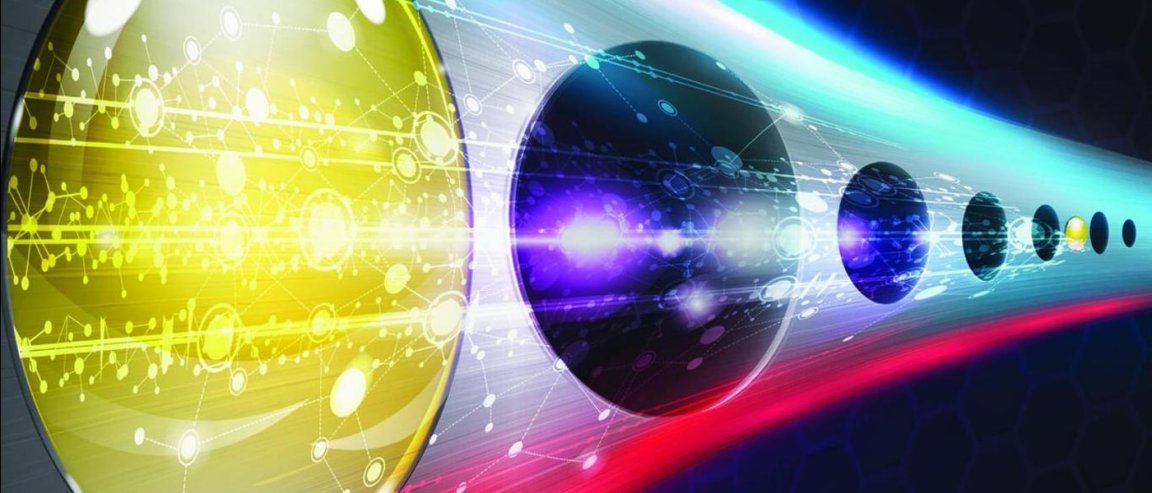
The More the Merrier
You may not know it, but quantum computers are here. However, unlike the first traditional computers, which were large enough to fill a room, most of today’s quantum computers are very small, with one, five, or even 16 qubits at their core. Now, researchers from Harvard and Sandia Ion Beam Laboratory have figured out a way to link multiple quantum systems within one piece of material.
Using a focused ion beam implanter, the scientists first knocked out one carbon atom from a diamond substrate and replaced it with a larger silicon atom. Because it crowds out the neighboring carbon atoms, the silicon atom ends up surrounded by room to maneuver. That empty space insulates the atom from stray electrical currents and causes the silicon to act like it’s in a gas as opposed to a solid, which means its electrons don’t have unwanted interactions with other matter.
The material is now hit with laser-generated photons that excite the silicon atom’s electrons into a higher energy state. When the electrons return to a lower energy state, they emit quantized photons. These groups of protons maintain 100 percent quantum integrity after the process.
The scientists can implant thousands of these silicon atoms onto a single diamond substrate, thus creating a “quantum bridge” between these multiple quantum devices. “Before this, researchers had to search for emitter atoms among about 1,000 randomly occurring defects — that is, non-carbon atoms — in a diamond substrate of a few microns to find even one that emitted strongly enough to be useful at the single photon level,” said Sandia researcher Ryan Camacho in a news release.

The Key to Quantum Computing?
If the promise of this new research holds true, it could be the key to scaling up quantum computers, which would be orders of magnitude more powerful than the computers we have now.
But more than just being faster at traditional operations, quantum computers truly shine at applications classical computers find hard. For example, a standard weakness of traditional computers is factoring large numbers, but a quantum computer using what is called Shor’s algorithm can complete such operations in mere seconds.
So many fields, including medicine, financial services, defense, and telecommunications, would be radically changed by the creation of multiple-quantum computer systems. Quantum technology is truly the future of computing, and this research from Harvard and Sandia brings us one step closer to realizing that future.